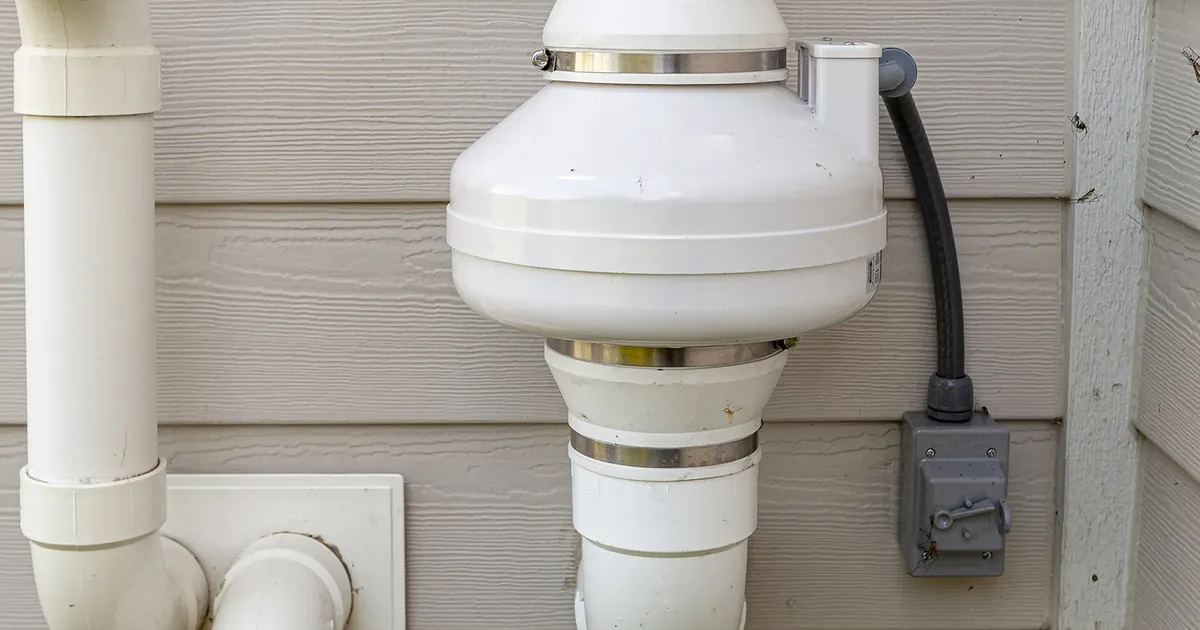Radon is a naturally occurring radioactive gas that can cause serious health problems if it accumulates in high levels within homes or buildings. Installing a radon mitigation system is crucial for ensuring the safety and health of the occupants.
This article will guide you on the best locations to install a radon mitigation system in your home or building to effectively reduce radon levels.
Table of Contents
Understanding Radon and Its Risks
Radon is produced from the natural breakdown of uranium in soil, rock, and water. It moves up through the ground and into the air you breathe. High radon levels can lead to lung cancer, making it essential to test for radon and install a mitigation system if necessary.
Health Risks of Radon Exposure
- Lung Cancer: Radon is the second leading cause of lung cancer after smoking. Prolonged exposure to high radon levels significantly increases the risk. According to the Environmental Protection Agency (EPA), radon causes about 21,000 lung cancer deaths each year in the United States alone. Smokers are at an even higher risk when exposed to radon.
- Children and Radon: Children are more sensitive to radon exposure due to their higher respiratory rates and rapidly dividing cells. Studies have shown that children exposed to radon are more likely to develop respiratory issues and lung cancer later in life compared to adults.
How Radon Enters Your Home
Radon can enter your home through various entry points, including cracks in solid floors, construction joints, gaps in suspended floors, cracks in walls, gaps around service pipes, cavities inside walls, and the water supply. Understanding these entry points can help in effectively planning where to install a radon mitigation system.
Key Areas for Radon Mitigation System Installation
Basements and Crawl Spaces
Basements and crawl spaces are the most common entry points for radon gas. Since radon is heavier than air, it tends to accumulate in the lower levels of a building.
- Basement Slabs: Installing a radon mitigation system under the basement slab can effectively capture and vent radon gas. This method involves drilling a hole through the basement floor slab, creating a suction pit, and then connecting a PVC pipe that leads to a radon fan outside the home to vent the gas.
- Crawl Spaces: If your home has a crawl space, installing a vent pipe system or covering the crawl space floor with a high-density plastic sheet can reduce radon entry. The plastic sheet acts as a barrier, preventing radon from seeping into the home, while the vent pipe system directs the radon gas outside.
Living Areas
Living areas, especially those directly above basements or crawl spaces, should also be considered for radon mitigation.
- First Floors: Ensure the mitigation system extends to living areas on the first floor, as radon can easily migrate from basements or crawl spaces to these areas. Sealing cracks and openings in floors and walls can also help reduce radon levels in living areas.
- HVAC Systems: Integrating radon mitigation systems with your HVAC system can help distribute clean air throughout your home, ensuring that radon levels remain low in all living spaces.
Garage and Attached Structures
Garages and attached structures, such as sunrooms or extensions, can also be entry points for radon. It is important to include these areas in your radon mitigation plan.
- Garages: Radon can seep through cracks in the garage floor and then enter the home. Installing a mitigation system in the garage can prevent this.
- Attached Structures: Ensure that any extensions or additions to your home are also tested for radon and included in your mitigation plan.
Sump Pits and Utility Penetrations
Sump pits and utility penetrations are often overlooked but can be significant entry points for radon gas.
- Sump Pits: Covering sump pits with airtight lids and sealing around any utility penetrations can help prevent radon from entering your home. Additionally, connecting the sump pit to the radon mitigation system can enhance its effectiveness.
- Utility Penetrations: Seal any gaps around pipes, wires, and other utilities that penetrate the basement walls or floors. These gaps can provide easy pathways for radon to enter your home.
Attics and Roof Spaces
In some cases, it might be necessary to install mitigation systems in attics or roof spaces, especially if the home has multiple stories.
- Attic Systems: Installing a radon mitigation fan in the attic can help vent radon gas safely above the roofline. This method ensures that radon is expelled far enough from the home to prevent re-entry.
- Roof Spaces: Ensure that any roof penetrations are properly sealed to prevent radon from entering the upper floors.
Additional Tips for Effective Radon Mitigation
Regular Testing and Maintenance
- Regular Testing: Even after installing a radon mitigation system, regular radon testing is crucial to ensure that the system is working effectively and radon levels remain low. Testing should be done at least every two years or after any major home renovations.
- Maintenance: Maintain your radon mitigation system by checking for and repairing any damage to pipes, fans, or other components. Ensuring the system is in good working order will help keep radon levels in check.
Professional Installation
- Hire Certified Professionals: Installing a radon mitigation system can be complex. It is recommended to hire certified radon mitigation professionals who have the expertise and equipment to install the system correctly. Professional installers can also provide advice on the best locations for the system based on your home’s layout.
DIY Radon Mitigation
- DIY Kits: While professional installation is recommended, there are DIY radon mitigation kits available for those who prefer to handle the installation themselves. These kits typically include all the necessary components and detailed instructions. However, it is crucial to follow the instructions carefully to ensure the system’s effectiveness.
Conclusion
Installing a radon mitigation system is essential for protecting your home and family from the dangers of radon gas. By understanding the key areas where radon is likely to enter your home and installing the mitigation system in these areas, you can effectively reduce radon levels and improve indoor air quality. Regular testing, maintenance, and professional installation can further enhance the effectiveness of your radon mitigation efforts.




